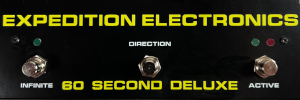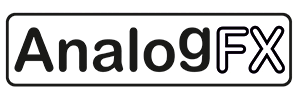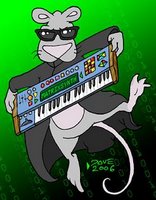Showing posts sorted by date for query Me, I'm Counting. Sort by relevance Show all posts
Showing posts sorted by date for query Me, I'm Counting. Sort by relevance Show all posts
Tuesday, October 10, 2023
Counting Sheep (a sleepy Eurorack composition)
video upload by Musical Miscellany (Poorness Studios)
"Since I'm sick with COVID again, I decided to build a patch on the Eurorack modular synth. This one reminded me of sheep jumping over a fence so I added the counting audio track and suddenly... it became this. It was a fun little experiment and it helped pass the time (and it made me sleepy)."
Wednesday, August 25, 2021
WAVE AGE
video upload by Me, I'm Counting
This one is in via supporting member, Alex Maiolo aka TRIPLE X SNAXXX
"Our label, Moroderik Musik, just released something by an artist called Me, I'm Counting. The EP is MACAU. It was recorded with classic and modern synths, and references the golden age of electronic music, very early techno, some modern psychedelia, incorporating some experimental flourishes to keep it interesting. Typical of Nick's stuff, where it starts out and where it ends up are two different places. It's on all of the services.
The inspiration for the album came on a trip from Hong Kong to Macau, where Nick got sick, and had to ride a hydrofoil back to Hong Kong in a state of delirium. 'I felt like I was being carried along on a cloud of pure air conditioning.'
Here's the video for "Wave Age" which was shot when four Moroderik acts set up and played a masked, distanced outdoor show during the pandemic to get live music to people who were starved for it. Nick is using Elektron and Moog gear. Dreamy footage is interspersed with his live performance."
Monday, March 01, 2021
Synth Demos by Lost Clouds
If ou are viewing this post from the front page you will see a more link directly below. Click it before you start to get to the list of videos plus descriptions for each. You can use the controls at the bottom of the player to skip around. You can find Lost Clouds music at https://lostcl0uds.bandcamp.com
Sunday, April 21, 2019
Yorick Tech LOW FREQUENCY EXPANDER for OB-6 or Prophet 6 Manual
Click the images to view or print. See this post for some demos.
Text follows:
"LOW FREQUENCY EXPANDER For OB-6 or Prophet 6 By Yorick Tech
Introduction
Thanks for buying this Low Frequency Expander (LFE). I bought my OB-6 in February 2019 and loved the sound and build quality but quickly found it really lacked modulation possibilities. It’s got just one LFO, which is global (affects all 6 voices together), and lets you share the filter envelope to modulate a limited number of destinations. You can also use VCO 2 as a polyphonic (per-voice) LFO, but you lose a precious VCO by doing this. What I needed was a way of adding a number of extra modulators and to be able to route them to a lot more destinations. So I developed the Low Frequency Expander!
Sunday, May 15, 2016
Modified Roland TR 606 - Vintage Analog Drum Machine
Note: links to listings are affiliate links for which the site may be compensated.
Published on May 15, 2016 Phyllis Dealer
via this auction
 "This is a modified Roland TR 606 Programmable Drum Machine.
"This is a modified Roland TR 606 Programmable Drum Machine.
This machine has served me for years. Not just as drum machine but also as a drum sequencer since it has 7 trigger outs. This is a bit of an unusual mod so please make sure to read carefully so you know exactly what to expect:
 Here’s a video that I took of this actual machine - VIDEO [above]
Here’s a video that I took of this actual machine - VIDEO [above]
Here’s another video that might be helpful - I used the 606 trigger outs to trigger an external drum synth (that's also for sale) - VIDEO [posted here]
 I’ll start with the flaws - There’s a bit of a hum sound when you touch the metal plate but nothing crazy(sounds like a ground issue) Sometimes, and mostly if the machine is set to ‘write’, you will hear the sequencer playing a very light tick sound 16th notes. Again, it ’s quite weak, listen to it in the actual video.
I’ll start with the flaws - There’s a bit of a hum sound when you touch the metal plate but nothing crazy(sounds like a ground issue) Sometimes, and mostly if the machine is set to ‘write’, you will hear the sequencer playing a very light tick sound 16th notes. Again, it ’s quite weak, listen to it in the actual video.
I believe that I got the best results when using the individual outputs while making sure that all the individual sounds volume knobs are all the way down.
Whoever modded this machine used the battery door to pass wires so you cannot run it on batteries but only with the adapter. Since there’s no access to the batteries, the patterns technically can’t be saved. However, I did notice it will save your patterns for a few hours.
In some positions, the mods will be very effective but in other positions, the changes will be very subtle. For instance, you can change the kick’s pitch but below a certain point, you hardly hear any difference. Still, these mods are pretty awesome, you just need to get familiar with its range.
The mods include:
5 individual outputs - kick, snare, toms, h.h, cymbal. You can still use the mono main out as well and control the volume from the individual volume knobs.
5 additional trigger outs - Each voice also has a trigger out so you can use this as a sequencer for multi channel drum modules etc. If counting the original Hi/lo tom trigger outs, you have a total of 7 trigger outs!
There are 8 different mods for the different sounds. I’m not 100% sure what are exact description of these mods but here’s my guess (See the actual mods in action in the video) -
Bass drum pitch, Snare pitch, Snare snap?, Tom hi pass filter, Tom...maybe resonance? Cymbal hi pass filter, H.H high pass filter, and the last one, the one on the bottom right is another sort of a filter on the cymbal.
Cosmetically, the machine has some wear - scratches, marks, small stains, etc.
Please refer to photos for condition.
I'm including an after market 9V power supply."
Published on May 15, 2016 Phyllis Dealer
via this auction
 "This is a modified Roland TR 606 Programmable Drum Machine.
"This is a modified Roland TR 606 Programmable Drum Machine. This machine has served me for years. Not just as drum machine but also as a drum sequencer since it has 7 trigger outs. This is a bit of an unusual mod so please make sure to read carefully so you know exactly what to expect:
 Here’s a video that I took of this actual machine - VIDEO [above]
Here’s a video that I took of this actual machine - VIDEO [above]Here’s another video that might be helpful - I used the 606 trigger outs to trigger an external drum synth (that's also for sale) - VIDEO [posted here]
 I’ll start with the flaws - There’s a bit of a hum sound when you touch the metal plate but nothing crazy(sounds like a ground issue) Sometimes, and mostly if the machine is set to ‘write’, you will hear the sequencer playing a very light tick sound 16th notes. Again, it ’s quite weak, listen to it in the actual video.
I’ll start with the flaws - There’s a bit of a hum sound when you touch the metal plate but nothing crazy(sounds like a ground issue) Sometimes, and mostly if the machine is set to ‘write’, you will hear the sequencer playing a very light tick sound 16th notes. Again, it ’s quite weak, listen to it in the actual video.I believe that I got the best results when using the individual outputs while making sure that all the individual sounds volume knobs are all the way down.
Whoever modded this machine used the battery door to pass wires so you cannot run it on batteries but only with the adapter. Since there’s no access to the batteries, the patterns technically can’t be saved. However, I did notice it will save your patterns for a few hours.
In some positions, the mods will be very effective but in other positions, the changes will be very subtle. For instance, you can change the kick’s pitch but below a certain point, you hardly hear any difference. Still, these mods are pretty awesome, you just need to get familiar with its range.
The mods include:
5 individual outputs - kick, snare, toms, h.h, cymbal. You can still use the mono main out as well and control the volume from the individual volume knobs.
5 additional trigger outs - Each voice also has a trigger out so you can use this as a sequencer for multi channel drum modules etc. If counting the original Hi/lo tom trigger outs, you have a total of 7 trigger outs!
There are 8 different mods for the different sounds. I’m not 100% sure what are exact description of these mods but here’s my guess (See the actual mods in action in the video) -
Bass drum pitch, Snare pitch, Snare snap?, Tom hi pass filter, Tom...maybe resonance? Cymbal hi pass filter, H.H high pass filter, and the last one, the one on the bottom right is another sort of a filter on the cymbal.
Cosmetically, the machine has some wear - scratches, marks, small stains, etc.
Please refer to photos for condition.
I'm including an after market 9V power supply."
Wednesday, April 23, 2014
Madrona Labs Newsletter: Software plans, Soundplane ordering

"Hello from the Labs! I'm writing with a quick update on the upcoming run of Soundplanes and my other near-term plans.
Software plans
First of all, thank you for the great response to the 1.0 release of Kaivo. This project was a very demanding one technically, and I’m happy that people are hearing the same things in Kaivo’s granulator and models that make them so exciting to me. Thanks to everyone for your support and for all the notes of feedback and encouragement.
Kaivo’s models will always require a lot of CPU power to run. To some extent that is just part of the price to pay for using true FDTD (finite-difference time-domain) models. As with Aalto though, Kaivo will see many improvements from version to version, including optimizations to lessen the CPU load. I just posted a short article to the web site about getting the most out of Kaivo now, and what to expect from future releases. A 1.1 release of Kaivo is coming within a week, with a few much-requested usability changes. The major optimizations will take more testing and are farther down the road: please see the article for more info.
In addition to the Kaivo 1.1 update, I'm giving Aalto and the Soundplane client some love for a release by the first week in May. This will fix some usability issues that were found while my focus was 100% on getting Kaivo out. Thanks for your patience.
Soundplane ordering
We are gearing up for another run of Soundplanes. Having done inventory in the shop [*] and contacting our suppliers, we are almost ready to go. So I'm now announcing that we will be taking orders on Thursday, May 1. The next run of instruments will be $1,895 as before. Prepayment is required to reserve an instrument. Production will begin when enough instruments are sold to fund the production run, and is scheduled to take 8-10 weeks. So, assuming the run sells out in two to three weeks, we expect to begin shipping finished instruments by early August. Please see http://madronalabs.com/hardware for more details.
This run of Soundplanes will be substantially like the previous one, with a few minor mechanical changes for stability and playability. I am moving to cherry wood rather than alder for this run. Over the previous runs I had to reject a number of cases that had improper dimensions, and I have traced these issues to wood moisture changes. The short story is, it's just hard to get alder in the quality required for making these instruments. Cherry on the other hand also comes from managed forests in the USA, mills like a dream, should be more stable, and I think it will look great with the walnut playing surface.
Soundplanes have been really getting out and about in the world lately! From the code bending demos of Chris Novello, to the studio work of Amon Tobin and MGMT, to the spectacle of Nine Inch Nails’ live show, more artists are using Soundplanes to take their work somehere new. And as we continue to add capabilities to the Soundplane software, I think it's going to be an exciting year.
[*] Protip: if she'll spend a day of her time with you counting specks of silicon with names like GRM188F11C104ZA01D, she's a keeper. Thanks to the lovely and patient Ms. Chaya Jones!"
Tuesday, March 20, 2012
RIP Mike Brown of Livewire Electronics
 Via an Interview with Mike Brown on Vicmod
Via an Interview with Mike Brown on Vicmod(Be sure to click through for the full interview):
"Mike tell us a little about yourself.
This is the one I usually dread... (I'm not one for talking about myself much) but how about this: Played in a few bands during the '80s & '90s... if anyone remembers Cafe'Noire, Aura Circuit, or my solo project, Electronium (probably not... haha) Studied electronic music at Cal State University San Bernardino under Dr.Raymond Torre-Santos (now at Hunter College in New York). At the time they did not have an electronic music program, so when I showed up for recitals with my reels of tape music... the jury of music dept. administrators threw me out... haha...2 years later they had a full blown electronic music major program. figures.
I had always wanted a modular synth... but being married with small kids,had no hope of justifying the expense. Then around 1994, I discovered a book in the local library... 'build your own synthesizer' by Thomas Henry. I thought "I can do *this*!" so I set about gathering parts from local surplus stores and schematics from anywhere I could get them... library books mostly... I was on the internet, but this was pre-web days I think... So then I went about starting small fires for the next six years or so... ;) Eventually, the circuits began to actually work... and then I was thoroughly hooked."
And we were too. Thank you for everything Mike, we are going to miss you.
http://www.livewire-synthesizers.com/
https://www.facebook.com/pages/Livewire-Electronics/301279517212 - Livewire
https://www.facebook.com/L1V3W1R3 - Mike Brown

Image of Mike Brown and Gur Milstein of Tiptop Audio at NAMM 2011.
I met Mike at NAMM 2010. I was pretty humbled. He was one of the kindest and most genuine people I have ever met. He just made you feel comfortable and happy to be around. Like a beacon of peace in chaos. A great soul of a man.
For a look at the influence of his work: 510 posts and counting. His work, memory, and legacy will live on forever.
Tuesday, February 09, 2010
An Interview with Drew from CRUDBUMP

You might remember Drew from a number of posts here on MATRIXSYNTH. He has a new release out called CRUDBUMP. Considering how much he has contributed to the site I asked him to send me a shot of some of his gear for a post. This in turn resulted in the following interview. Enjoy.
1. So, for those not familiar with your work, give us a little background on some of what you do?
"I write and illustrate two daily comics, Toothpaste For Dinner and Married To The Sea, which are free to view online. Musically speaking, I wrote & recorded four comedy-industrial albums as Kompressor from 2000-04 and released some miscellaneous music under the Dog Traders name from 2000-08. I occasionally make short Youtube videos, with my music as the soundtrack."
2. How did you get into synths?
"Took classical piano lessons for eight years as a child, started playing guitar, and while in college (1998) I started poking around and realized synthesizers were pretty inexpensive. I'd read music magazines here and there as a kid and always assumed they were thousands of dollars, but once I got on eBay, I found people getting rid of old Rolands, multitrack tape machines, etc. and jumped right in.
Since the market for analog synths hadn't blown up yet, I assembled a small studio of an Ensoniq SQ-80, Roland JX-8p / SH-09 / 707, some guitar pedals, and a Tascam Porta-01 for hardly anything, and started recording music.
Once I had a couple synths, I started to scour local thrift stores/music stores/garage sales for neglected, broken, cheap gear which I'd clean/fix up and either keep or resell. By the time I started Kompressor in 2000, I'd added an Optigan, Rheem Kee bass, Akai S612, Tascam 238 and a gang of cheap midi synths / fx boxes."
3. When you first started picking up synths, what did you look for in them?
"I figured out pretty quickly that I liked synths with a lot of knobs and inputs/outputs way more than synths with one data wheel and a bunch of menus. You can get a huge range of sounds out of the SH-09 by patching feedback out of the headphone jack through guitar pedals and back into the input, and using the envelope follower + filter to process drums and bass/guitar."
4. What was your first synth and what is currently your favorite?
"My first actual synth (not counting a Casiotone) was a Roland JX-8p... if the modular doesn't count as my favorite I'd have to go with the SH-2/SH-09. Owned both of them, currenly just have the SH-2, but it makes its way onto everything. I've always wanted to check out an SH-5 or SH-7 but they've gotten so crazy expensive over the years that I don't think I'll ever get the chance. If I trip over one in the trash while I'm taking a walk some day I'll let you know what I think."
5. When playing your synths, do you focus on composing music, exploring sound, both, or other?
"Probably a mixture of both. The MPC has been instrumental in letting me control the modular + effects - I record a lot of sounds from the modular and cut them up/re-sequence them in the MPC. Most of the time I don't have a keyboard hooked up to the modular, but I do use a Futureretro Orb that's clocked by the MPC for sequencing.
A lot of the melodic stuff is from the Roland SH-2 and Waldorf Q+, which I usually play live instead of sequencing. There's something about the bender and key action on the SH-2 which I love and wish Roland would make again."

6. What interests you now in the world of synths?
"The 5U format of modular synths, which includes Modcan, MOTM, Synthesizers.com, and a few small manufacturers, has a great form factor and is built extremely well. The manufacturers in this format seem to concentrate on sound quality and build quality rather than making little Nintendo Fart-Monster modules with cheap components, which seems to dominate the Eurorack format. I know that Euro users love their Eurorack, and I actually have a Doepfer "beauty box" for some modules I can't get in 5U - but I built up about 15U of Euro in 08/09 and was really disappointed in the sound + physical aspects. Probably spoiled from the 5U stuff I'd been using for years! I sold it off and got some Modcan/MOTM stuff instead.
The newer Modcan modules are novel and I'm going to pick up some of those as they become available. I just got the 65B Dual Frequency Shifter last fall as I was finishing up the CRUDBUMP album and it wound up on half the tracks, since it sounds good on almost anything. Frequency shifter modules are touchy since you need either great DSP or precisely-calibrated analog multipliers to eliminate bleed, but this one was very well-designed. It responds well to CV and even sounds good if you overdrive it a little bit."
7. What are your thoughts on the iPad and upcoming slate devices in relation to synthesis?
"I have no idea (sorry!) [matrix: enough said. :)]"

8. Finally, can you tell us a little bit about your latest release?
"It's a spoken-word/rap album called CRUDBUMP:NA$TYJAM$ and it's stuffed completely full of analog-synth sounds and vocoder. The songs are about subprime lending, a fictional city called Horsetown, leaving voicemail for the governor of Ohio, traveling to England, and bare feet. It has a lot of bass so it bumps if you play it in your car. That's where I imagine you would want to listen to the album. It's a good album to play if you're trying to get yourself pumped up to go to work."
BTW, if you are wondering who the pug is, his name is Charles. Check him out here and be sure to see Drew's Toothpaste For Dinner and Married To The Sea. It's all good.
LABELS/MORE:
Akai,
Doepfer,
Featured,
Future Retro,
Interviews,
Modcan,
MOTM,
Roland,
Synth Dogs,
Synth Horse,
Waldorf
Monday, January 12, 2009
NAMM: Pacarana—Supercomputer for Sound
 The Symbolic Sound Pacarana is here.
The Symbolic Sound Pacarana is here."Most powerful sound design workstation on the planet
That’s what Electronic Musician magazine calls the Kyma sound design environment. Future Music calls it the Holy Grail of sound design. Kyma's strength arises from its unique set of algorithms, the ease with which you can create endless combinations of those algorithms, and the unprecedented degree of real-time responsive control over the sound parameters.
You’ve already heard the sounds of Kyma in films like WALL•E, The Dark Knight, Master and Commander, Finding Nemo. And you've heard the interactive musical sounds of Kyma both on albums and in live sets by legendary musicians and producers like John Paul Jones, A.R. Rahman, Rich Costey, BT, and many others.
In 1990, Symbolic Sound revolutionized the sound design and music software industry with the introduction of Kyma, a graphical modular software sound design environment accelerated by the software-reconfigurable Capybara multi-processor sound computation engine. Symbolic Sound is committed to bringing the most advanced and flexible sound design technology to sound designers, musicians, educators, researchers, and creative professionals through its innovative hardware and software offerings.
 What comes next?
What comes next?A supercomputer designed for sound"
The flagship model Pacarana is 150% the power of a fully-loaded Capybara-320 for less than half the price. The entry-level Paca costs less than a Basic Capybara-320, but the new entry-level model is 5 times more powerful.
Falling in love with Kyma
What is it that people love about Kyma? For some people it’s having an unbounded environment for creating sounds that have never been heard before. Others cite outstanding technical support and the super-stability and reliability of the Kyma software during live performances. Still others rave about the continuous stream of free software updates full of new features and synthesis/processing algorithms. And everyone loves the legendary Kyma sound.
 What’s the secret behind the ‘Kyma sound’? The secret is in the software. When you have a supercomputer dedicated entirely to capturing, processing, and synthesizing sound, you have the luxury of being able to do things right. We don’t cut corners, and you can hear the difference."
What’s the secret behind the ‘Kyma sound’? The secret is in the software. When you have a supercomputer dedicated entirely to capturing, processing, and synthesizing sound, you have the luxury of being able to do things right. We don’t cut corners, and you can hear the difference."
"On the back of the Pacarana—all the high-speed connectivity you want and need for digital audio production: two FireWire 800 ports, 2 USB ports, 100-base T Ethernet jack, and more…
A DC power plug connects the Pacarana to an external power supply that auto-senses voltage and frequency of the AC power source no matter where in the world you travel.
The Pacarana communicates with the Kyma X software running under Mac OS or Windows via FireWire 800 (IEEE1394B) or an 800-to-400 adapter cable.
Audio and MIDI input and output is handled via an external FireWire or USB converter or, for current Kyma owners, through a Capybara-320 with Flame FireWire I/O. Connect additional USB MIDI controllers like keyboards or fader boxes via the second USB port."
The above is just an excerpt. You can find more on the Symbolic Sound Pacarana website.
Update: the official press release came in at 4:33 PM:
"New Supercomputer for Sound:
Pacarana for Kyma Sound Design Environment
Champaign IL, January 12, 2009:
Musicians and sound designers for film, games and live electronic music now have a new supercomputer designed specifically for interactive sound exploration and live performance. The Pacarana and Paca are two new multiprocessor computers optimized for capturing, processing and synthesizing sound for the award-winning Kyma Sound Design Environment. Designed by Symbolic Sound Corporation to serve as a smaller, more affordable and more powerful replacement for the Capybara*320 sound computation engine, the new entry-level system is 5 times more powerful and costs $500 less than the older entry-level configuration. The power of the higher-end model exceeds that of a fully-loaded Capybara*320 but costs far less than half as much.
http://ssc-media.com/Pictures/Pacarana/Front%20(full%20res).JPG
http://ssc-media.com/Pictures/Pacarana/Nick%20Paca%20trimmed.jpg
Kyma, the Paca(rana), and backwards compatibility
Favored by sound designers for its unique set of algorithms, the ease with which one can create endless combinations of sound processing and synthesis algorithms, its reliability during live performances, and the responsiveness of real-time control over sound parameters, the Kyma sound design environment benefits from the new Paca(rana) platforms in the form of more polyphony, denser textures, faster loading times, more memory for live sampling and playback, enhanced portability, refinements in sound quality and the potential for future developments.
According to composer/performer and early adopter Phil Curtis of SoNu (http://www.sonusound.com):
I'm loving the new Pacarana. [M]ost of my old sounds just barely register on the meter, even sounds that just barely worked on the Capybara....I can already see that this is going to be a big leap in what I can do and paves the way for years of further development.
Sound designers who have been using Kyma X on the Capybara*320 can open and continue working on their current projects using the new hardware. Switching back and forth between the Capybara and the new hardware is completely transparent, and Symbolic Sound will continue to support Kyma X on the Capybara-320. Kyma users also have the option of keeping their Capybara*320 computer running alongside a new Pacarana, augmenting, rather than replacing, their current hardware.
Smaller, lighter, easily portable
With more sound designers going freelance, more musicians going on tour, and the airlines charging for each checked bag, Symbolic Sound decided to make the Pacarana and Paca small and light enough to fit into a backpack, laptop case or in a small rolling rack. The Pacarana footprint is the same as that of a MacBook Pro 15" (the Paca is about 3 inches shorter) and is 1 rack unit in height: ideal for live performances, working on the road, transporting from home studio to sound stage or from work to home.
Connectivity
On the back of the Paca(rana) are 2 USB ports, 2 FireWire 800 ports, and a DC power plug that connects to an external power supply brick (about the same size as the Mac Mini's power brick).
http://www.ssc-media.com/Pictures/Pacarana/Back%20(full%20res).JPG
The Paca and Pacarana communicate with the Kyma X software running under Mac OS or Windows via FireWire 800 (IEEE 1394B) or FireWire 400 (IEEE 1394A) using an 800-to-400 adapter cable.
Audio and MIDI input and output is handled by an external FireWire or USB converter or, for current Kyma owners, through a Capybara-320 with Flame FireWire I/O.
Additional USB MIDI controllers like keyboards or fader boxes can be connected via the second USB port.
More Audio and MIDI Input/Output options
Symbolic Sound decided to decouple the sound conversion from the sound computation functions in order to give customers more options for customizing their studio and mobile setups. Customers can now select from among a full range of high-quality third-party 1394TA AMDTP-standard FireWire and class-compliant USB audio converter devices available in nearly every size and price range. The growing list of qualified third-party converters includes the TC Electronic Konnekt series, the MOTU UltraLite-mk3, the Apogee Duet, and, on the USB side, the M-Audio Fast Track Pro and Logitech and Sennheiser USB headsets.
The Kyma Sound
Early reports from alpha and beta testers confirm that the sound quality of the Pacarana matches and, in some cases, surpasses that of its predecessor.
"People tell me that Kyma has an excellent word-of-mouth reputation for audio quality, and they usually attribute the quality to the Capybara*320 converters," says company president Carla Scaletti. "While it's true that the Capybara converters are excellent, the real secret to high-quality audio is in the algorithms. When you have a computer entirely dedicated to computing sound, you don't have to cut corners; we don't have to share our sound computer with a CPU-hungry operating system or a graphics subsystem; all Paca and Pacarana cycles are dedicated to computing high quality sound."
Live Control
You can use any USB or FireWire MIDI device or software for controlling sound parameters on the Paca(rana). Symbolic Sound has been working closely with Haken Audio (http://www.hakenaudio.com) to create seamless plug-and-play operation with the new MIDI-based Continuum fingerboard. Additional controllers with a high degree of Kyma integration include the Wacom tablet, the MotorMix, and the controllers supported by Camille Troillard's OSCulator (http://www.osculator.net) software, including the Nintendo Wiimote, the Jazz Mutant Lemur, the Logitech Space Navigator, and others.
Backpacking
The Paca(rana) fits perfectly into the hard-shell laptop sleeves made by Tom Bihn (http://www.tombihn.com) and Symbolic Sound is making the Tom Bihn Brain Cell sleeve and Brain Bag backpack available with the purchase of a Paca or Pacarana for hands-free transport of your laptop, Pacarana and other mobile audio gear.
Price and availability
Symbolic Sound is now shipping both the Paca and the Pacarana. The entry-level Paca is available for US $2970 and the professional studio model Pacarana is available for US $4402. To place an order, please visit http://www.symbolicsound.com or send email to info-kyma@symbolicsound.com
Summary
A lower entry-level price, a smaller footprint, and a whole lot of extra horsepower make Kyma X + Paca(rana) a supercomputer for sound designers and musicians!
Background
Symbolic Sound first revolutionized the sound design and music software industry in 1990 with the introduction of Kyma, a graphical modular software sound design environment accelerated by the software-reconfigurable Capybara multi-processor sound computation engine. The Paca(rana) is the fifth in a series of increasingly powerful sound computation engines designed and produced by Symbolic Sound to work in conjunction with the Kyma sound design environment (now in its sixth major release, not counting the hundreds of free updates between each major release). Symbolic Sound is committed to bringing the most advanced and flexible sound design technology to sound designers, musicians, educators, researchers, game developers, and other creative professionals through its innovative hardware and software offerings.
Symbolic Sound, the Symbolic Sound logo, Kyma, Pacarana, Paca, and Capybara and their logos are trademarks of Symbolic Sound Corporation. Other company and product names may be trademarks of their respective owners."
Thursday, September 29, 2005
Driscoll Modular
Update: Some comments with additional info from Ken below. Click on comments at the end of this post.
Wow. Josue Arias sent this to me. You can put this on the list of the rarest of the rare. I'm not one to benchmark rarity against, but I've never seen or even heard of one of these before. The only thing that comes up on Google is this site with a brief reference of the Driscoll. The Analog Heaven archives come up dry as well.
Josue refers to the Driscoll as a Driscoll/Serge modular. He states, "the 'serge' part is just because the similar modules in it (Slope generators, Random voltages, cv processors, Analog shift register,...) and because my system even have a serge 5 stage sequencing programmer!, but driscoll designed the same functions than the serge modular using another electronic aproach and design, so is not a clone(!)"
The Driscoll was built in the 70s by Australian composer/designer/engineer Julian Driscoll. Josue, believes the original Driscoll was a 10-12 panel system.
As for the sound?
"The sound for this synth is incredible, its really "organic", it sound like creatures more than electronics : ) I have it next to my 4 panel serge and I really like the driscoll sound a lot more."
http://www.cyndustries.com/bugmusic/17.mp3
"All the water drops/woodblocks/marimba/rithms, comes from the driscoll. I think it show the organic qualities. I`m ataching you a couple of photos but they are from my old studio"
Wow. Thanks for sharing this Josue.
Update:
Josue gave me the ok to post the following thread. Thanks Josue!
 -------------------------------------------------------------------------------------------------------------------------------------------------------
-------------------------------------------------------------------------------------------------------------------------------------------------------I`ve found some of the conversaions I had with australian composer
Warren Burt, He used the Driscoll and even it have a CD now for sale
made with it!:
"Hello Mr. Burt,
I`m Josue Arias, a musician and sound engineer from Madrid(SPAIN)
I just got the old Segemodular tape from 1983, and I`ve found you have
a nice piece there called "You want, maybe, something a little intense
diatonic?"
HOME
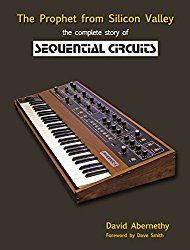
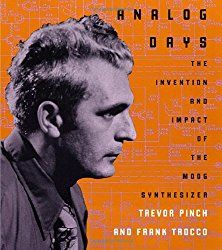
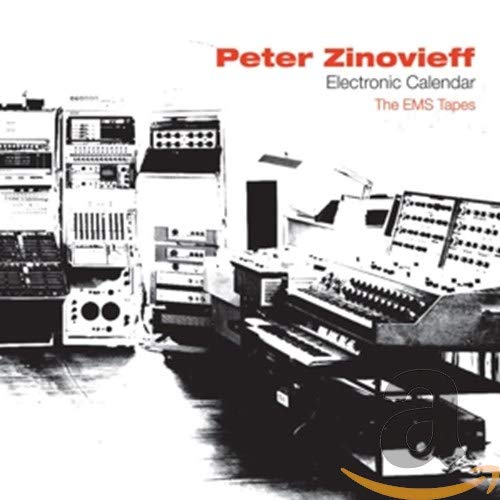
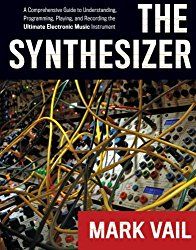
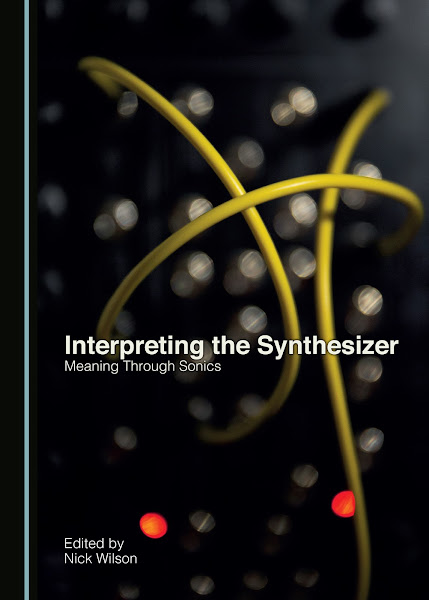
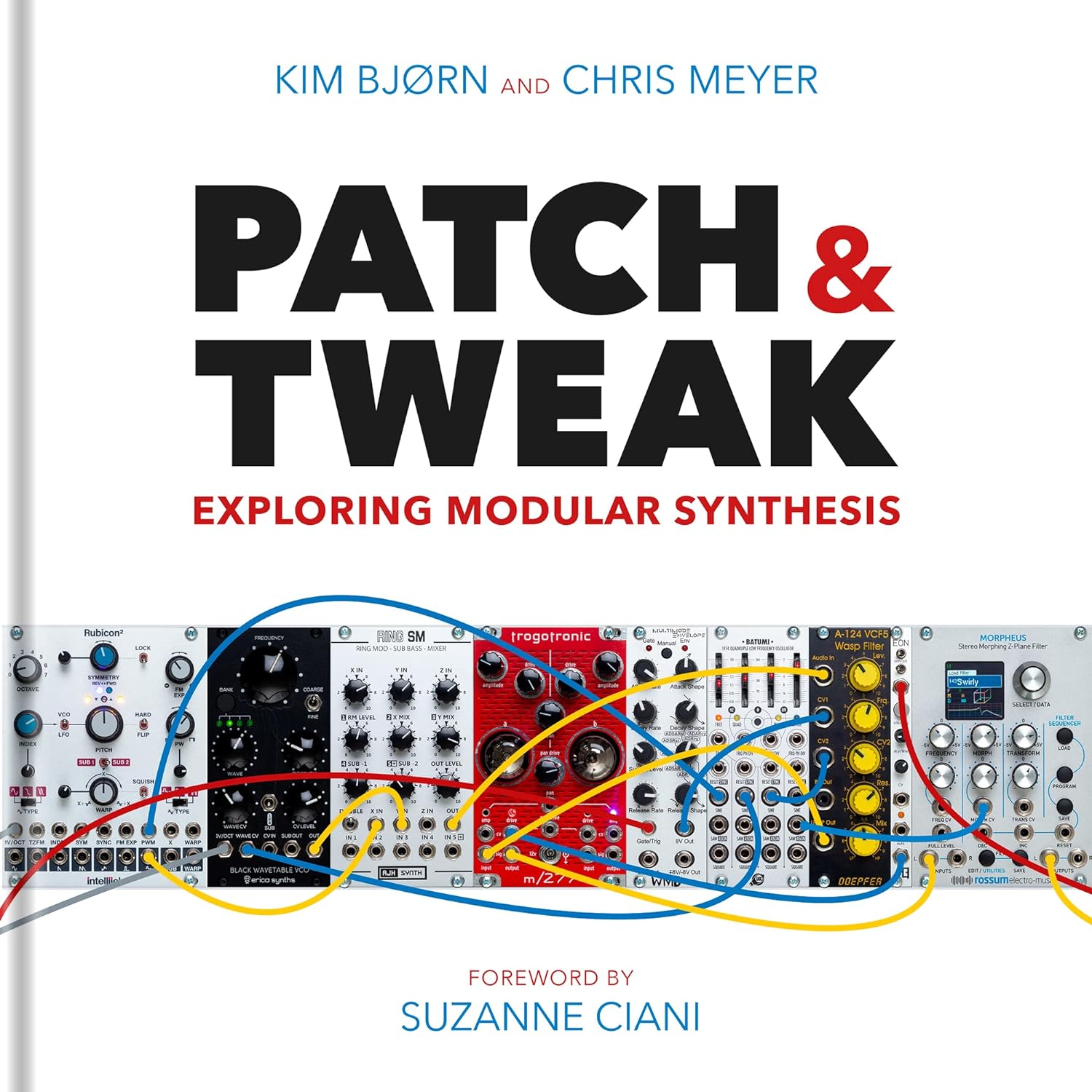
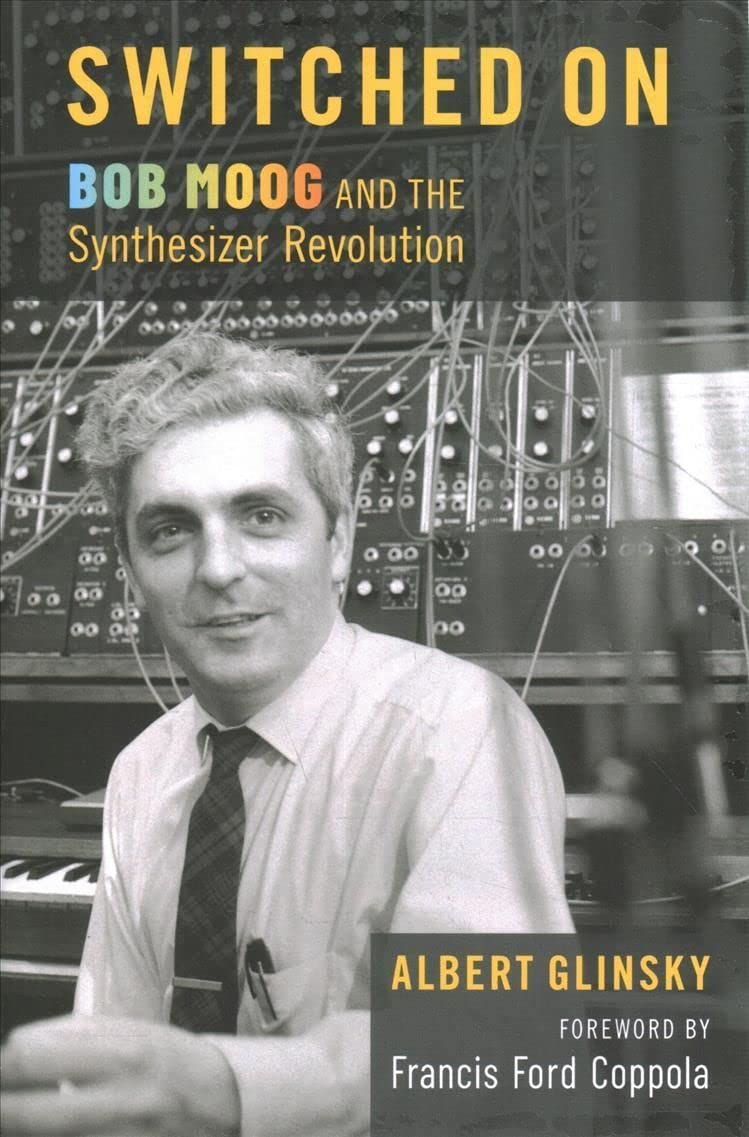
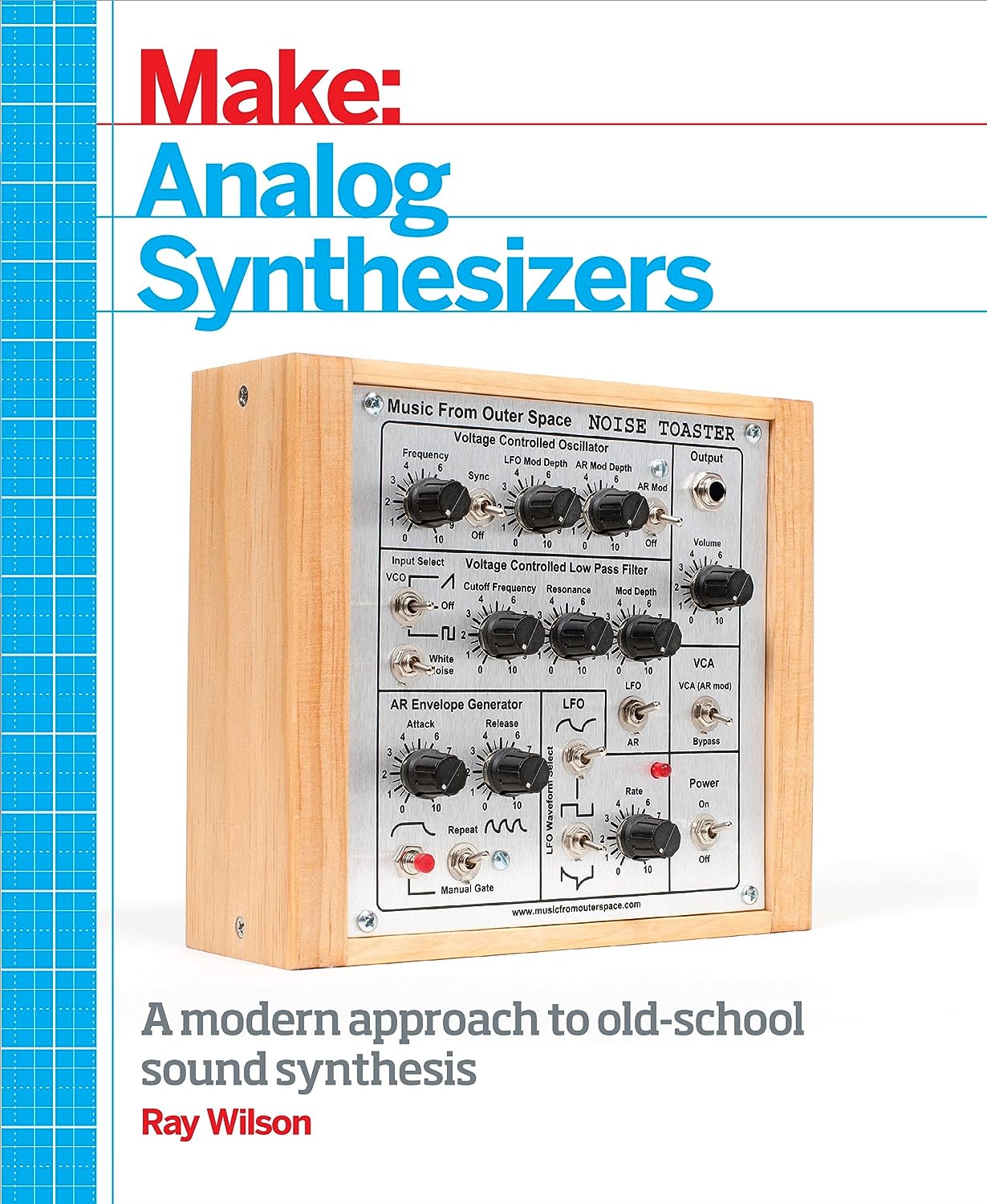
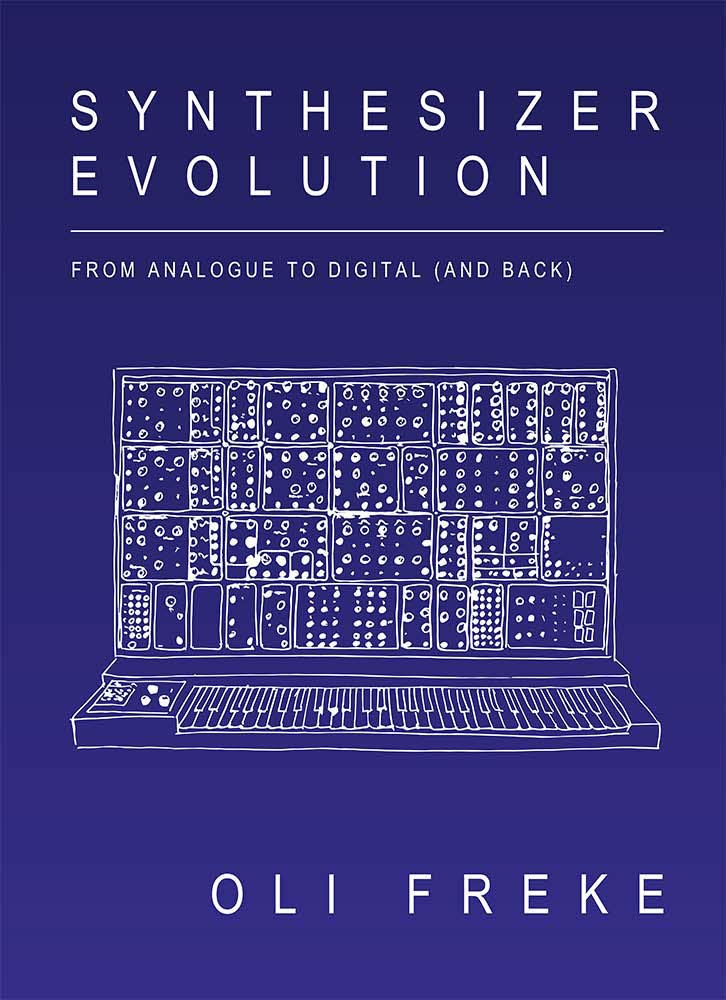
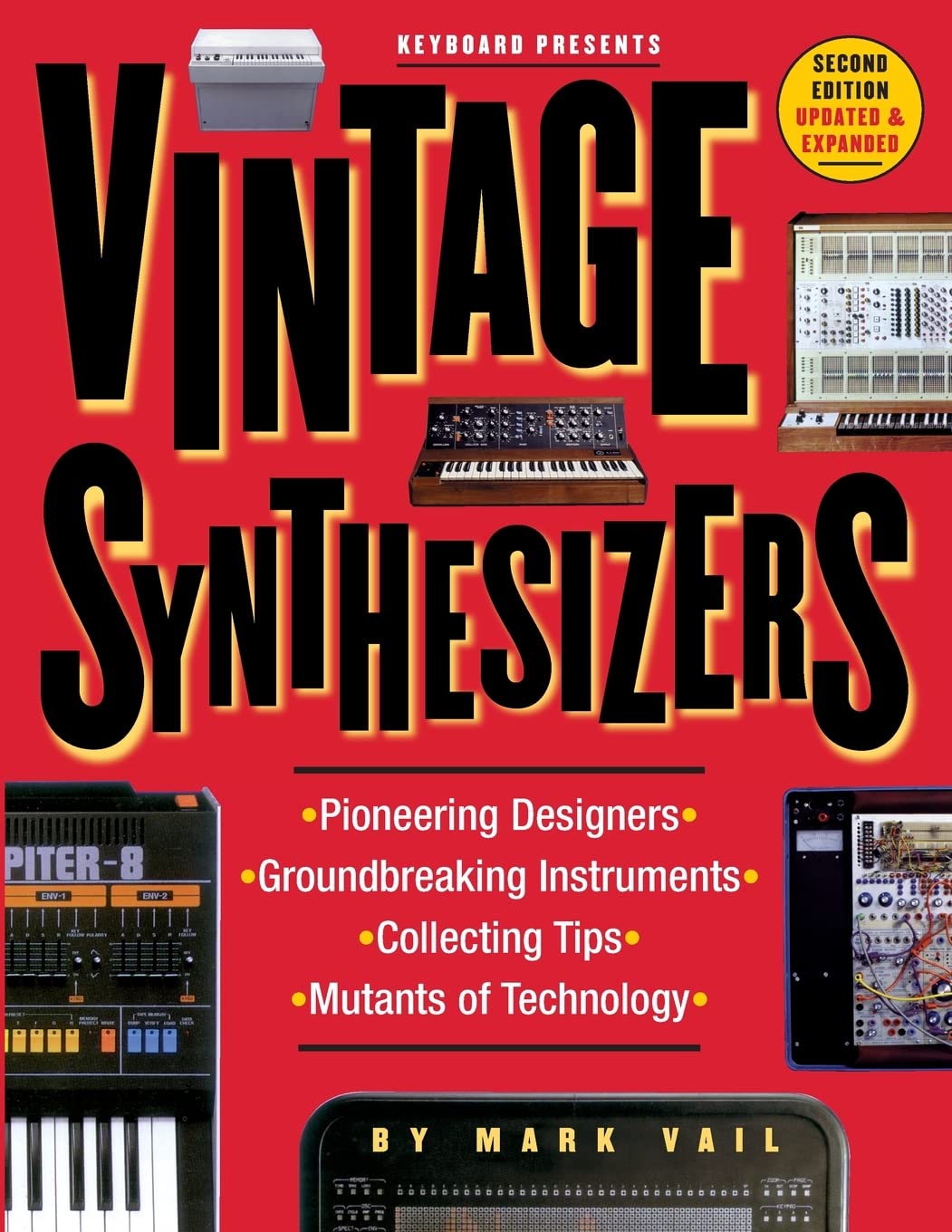
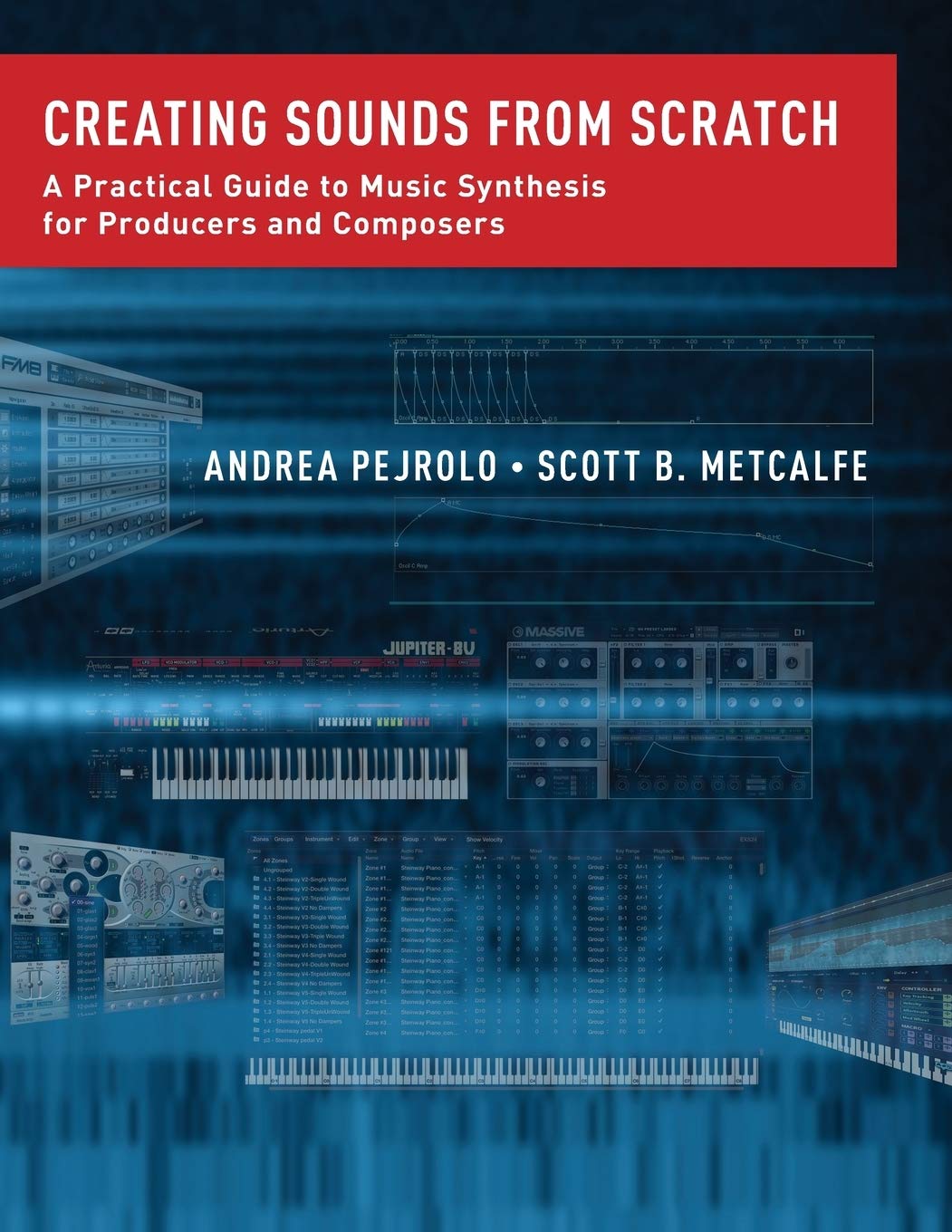
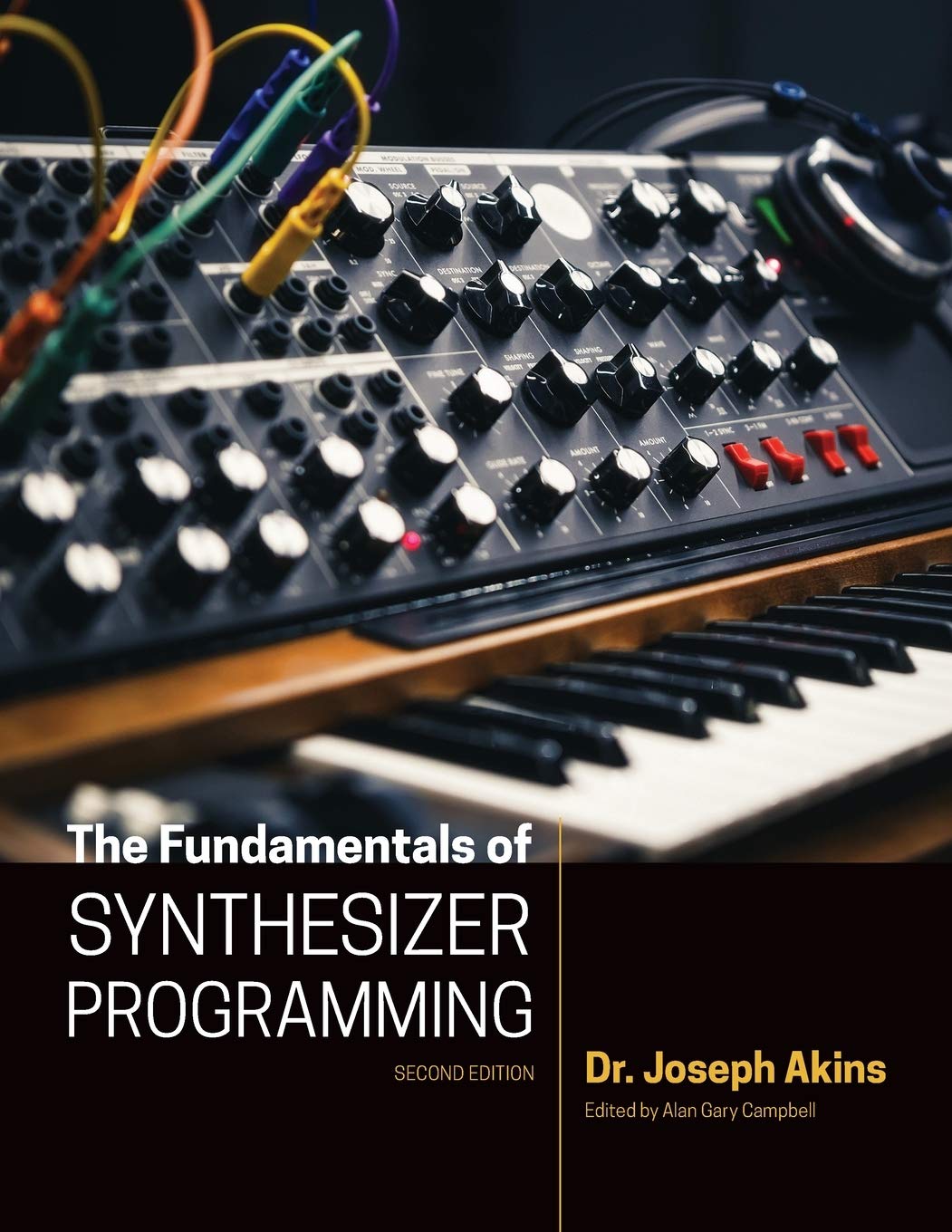

© Matrixsynth - All posts are presented here for informative, historical and educative purposes as applicable within fair use.
MATRIXSYNTH is supported by affiliate links that use cookies to track clickthroughs and sales. See the privacy policy for details.
MATRIXSYNTH - EVERYTHING SYNTH













© Matrixsynth - All posts are presented here for informative, historical and educative purposes as applicable within fair use.
MATRIXSYNTH is supported by affiliate links that use cookies to track clickthroughs and sales. See the privacy policy for details.
MATRIXSYNTH - EVERYTHING SYNTH
















